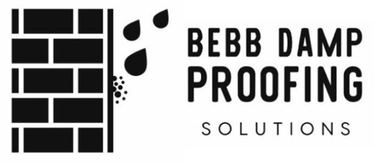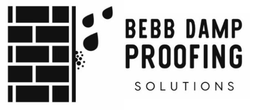Services
Our services include the treatment of Damp and Timber problems
- Condensation Control
- Rising Damp
- Penetrating Damp
- Mould Removal
- Timber Treatment
- Woodworm & Dry Rot
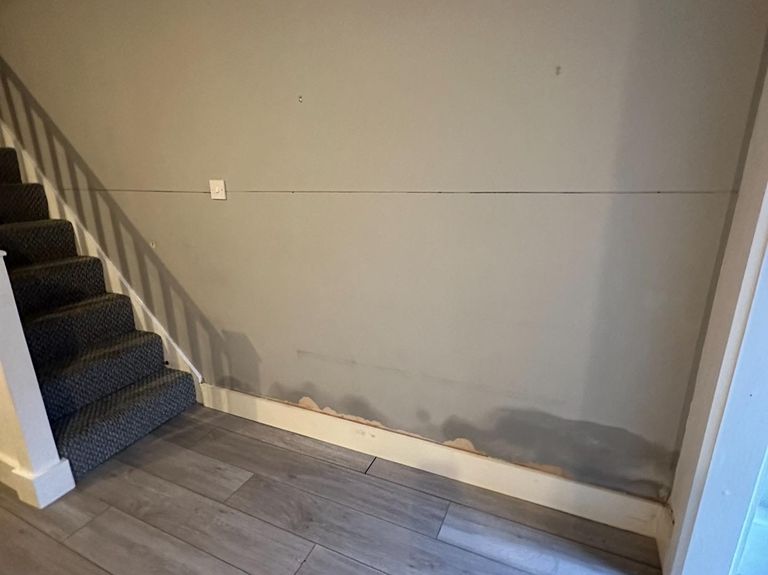
Rising Damp
What causes rising damp?
Rising damp is caused by the rising of groundwater through capillaries in masonry. As this has been a well-known problem for some years, buildings these days are built with a DPC. However, rising damp can still occur, especially in older buildings. The cause of this is often a faulty or non-existent DPC. If this is the case a remedial DPC needs to be installed to stop rising damp from occurring.
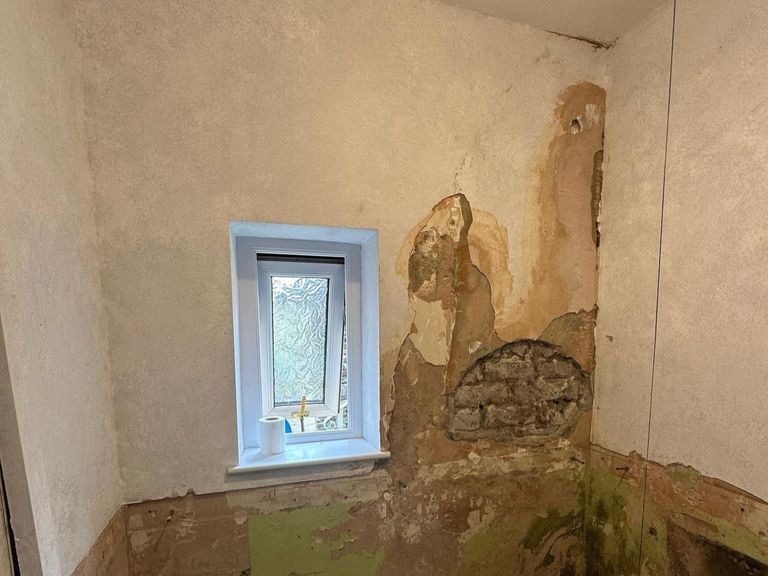
Penetrating Damp
What causes penetrating damp?
Penetrating damp develops when water can pass unhindered through bricks and stonework. Penetrating damp in solid walls is often caused by porous bricks, damaged brickwork or building defects. Any symptoms of penetrating damp should be investigated as soon as they appear, as leaving problems with penetrating damp untreated can result in more serious building damage.
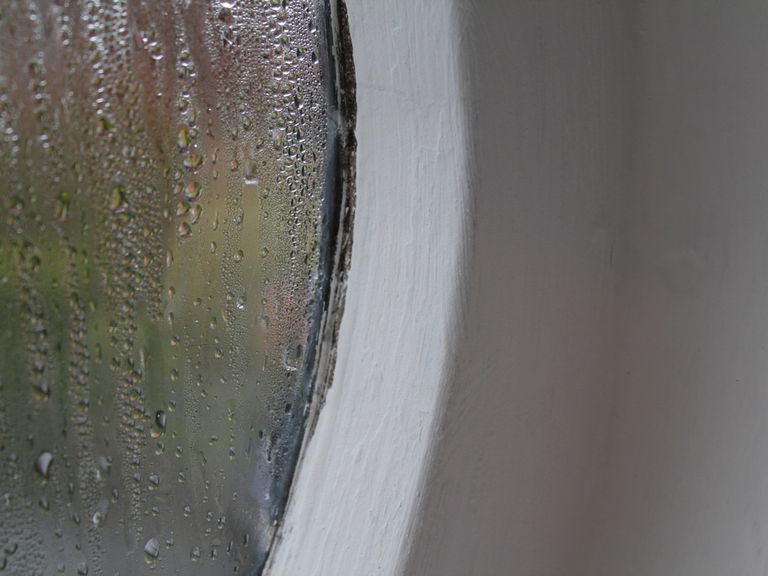
Condensation Damp
What causes condensation damp?
In is simplest form, damp is caused by condensation. As the temperature falls, condensation rises, creating moisture on windows each morning which will eventually cause mould and damp. But that’s not the only cause of damp. Leaking pipes, wastes or overflows might be the culprits.
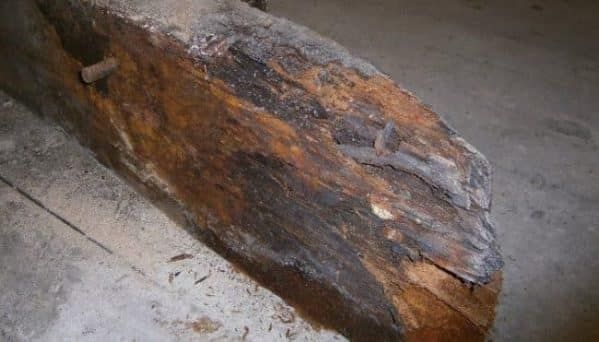
Wet Rot
What causes wet rot?
Wet rot is caused by a fungus that is attracted to very damp wood and feeds off the timber, destroying it in the process. There are many different types of fungus, but Coniophora puteana, also called cellar fungus, is the most common. Wet rot is confined to a localised damp area and does not spread, making it less destructive than dry rot.
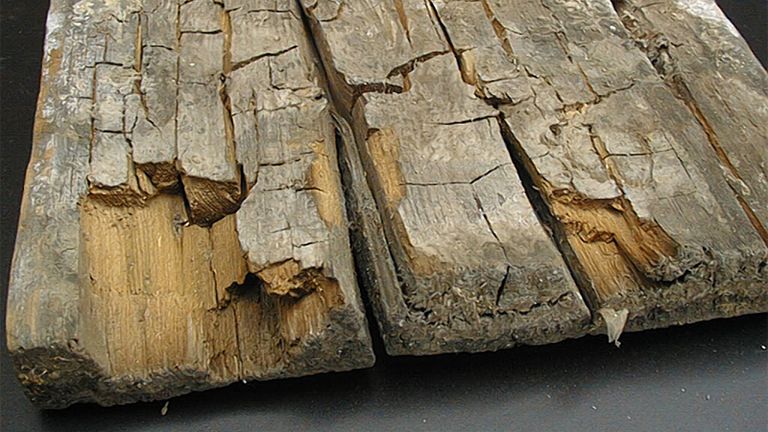
Dry Rot
What causes dry rot?
Dry rot is a type of fungal timber decay known as Serpula Lacrymans. It occurs when wood becomes too wet with a moisture content of over 20% and the wood-destroying fungus attacks the timber. Dry rot is the most serious form of fungal decay. Dry rot fungus is very destructive as it spreads across masonry and destroys all timber in its path including structural timbers, skirting boards, door frames, and flooring. It affects all types of properties, new and old, and can be detrimental to a property if left untreated as the fungus can weaken the structural integrity of a building and cause it to collapse.
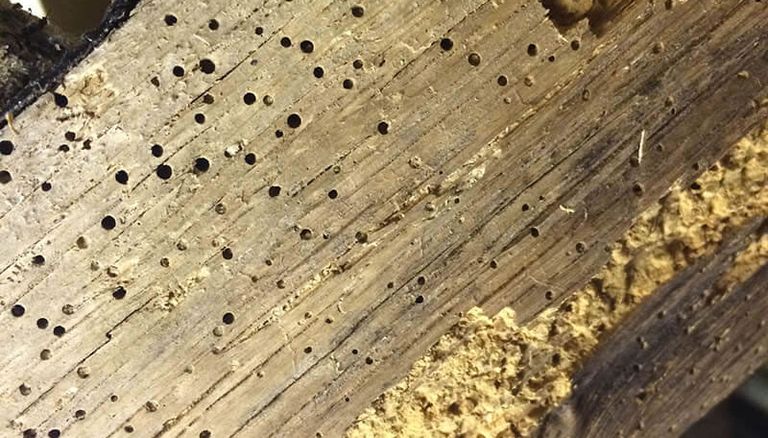
Woodworm
What causes woodworm?
Depending on the species involved, woodworm infestation is generally controlled with insecticides. However, some woodworm conditions, such as those caused by the waney edge borer (Ernobius mollis), require no treatment at all because the insect will have been killed in the preparation of the wood. Only active infestations require treatment, so it is important to ascertain whether an infestation is still active before treatment is carried out.It is also advisable to investigate and solve possible dampness issues, as dry wood is not usually affected, and wood that remains damp may be reinfected at a later date.
We need your consent to load the translations
We use a third-party service to translate the website content that may collect data about your activity. Please review the details in the privacy policy and accept the service to view the translations.
